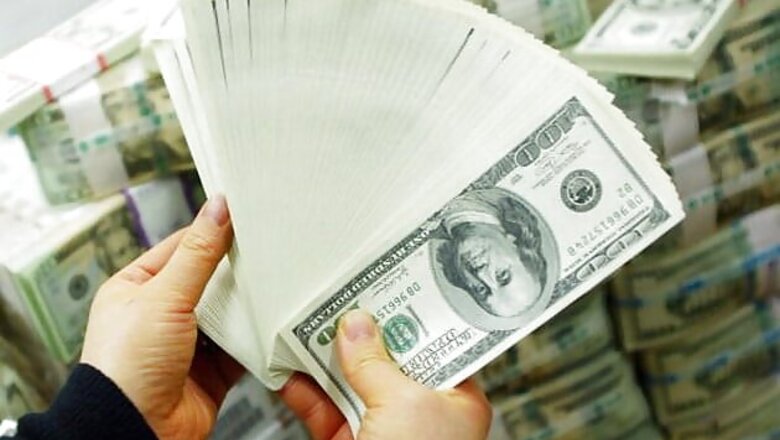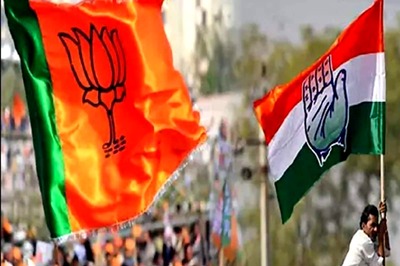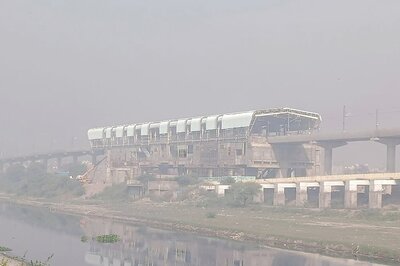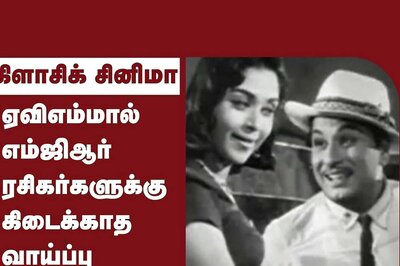
views
Washington,: Want to be a millionaire? Try solving this tricky math problem. A billionaire Dallas banker will shell out $1 million to anyone who can solve a mathematical problem that has baffled geniuses for years.
The American Mathematical Society (AMS) in Rhode Island has announced that the prize for the solution to the Beal Conjecture, a number theory problem, has been increased to $1 million.
The prize and conjecture are named for D Andrew 'Andy' Beal, the Dallas banker who has a strong interest in number theory and who provided the funds for the Beal Prize. The prize will be awarded for either a proof of, or a counterexample to, the Beal Conjecture.
A related math problem, Fermat's Last Theorem theorem was proved in the 1990s by Andrew Wiles, together with Richard Taylor.
Both the Beal Conjecture and Fermat's Last Theorem are typical of many statements in number theory: easy to say, but extremely difficult to prove.
Andy Beal first established the prize for a solution to the Beal Conjecture in 1997. To date, no correct solution to the problem has been found. The current funding is an increase from the previously funded amount of $1,00,000.
"I was inspired by the prize offered for proving Fermat," said Beal, a self-taught mathematician with an interest in numbers theory.
"I'd like to inspire young people to pursue math and science. Increasing the prize is a good way to draw attention to mathematics generally and the Beal Conjecture specifically. I hope many more young people will find themselves drawn into the wonderful world of mathematics," Beal said.
The prize for solving the Beal Conjecture is not the only million-dollar prize for the solution of a mathematics problem.
In 2000, the Clay Mathematics Institute created seven $1-million-dollar prizes for problems now known as the Millennium Problems.
One, the Poincare Conjecture, was solved by Russian mathematician Grigori Perelman in works he made public in 2003. However, he turned down the monetary prize.
To earn the Beal Prize, a proposed solution must be published in a refereed mathematics publication which is respected and, in the opinion of the prize committee (selected by the AMS), maintains the highest editorial standards.


















Comments
0 comment